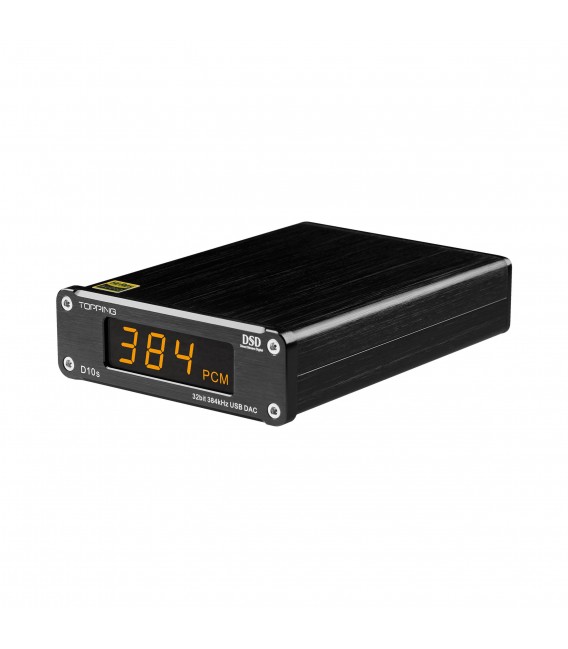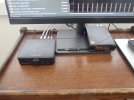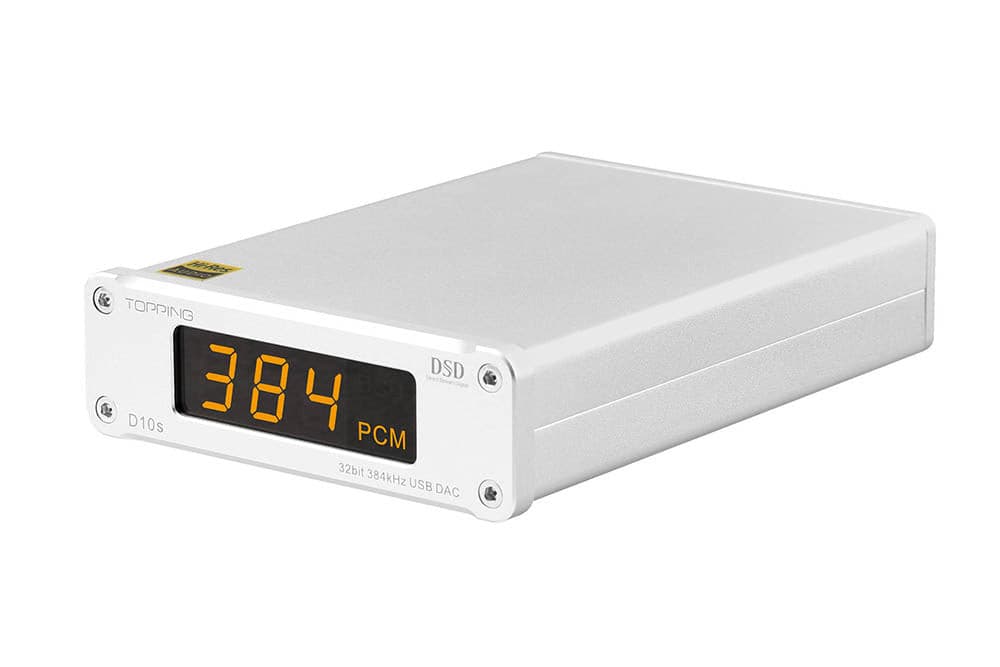Topping D10s USB DAC
I bought this little DAC from Audiophonics France

 www.audiophonics.fr
www.audiophonics.fr
It has arrived after 6 days from purchase. I made some measurements :
Output Noise

Noise is below 2uVrms measured at 22Hz-22kHz unweighted, a little bit better than by manufacturer specs! S/N is better than 120dB then. Please note that I use @22kHz bandwidth unweighted, which is more strict than A-weight used by Topping. So the noise parameters are better than by manufactirer specs! With A-weight, I measured 1.44uVrms noise.
Note: my noise measurement limit is 0.7uVrms (22Hz-22kHz unweighted)
THD harmonic distortion
View attachment 168171
Measured below 0.0001% at 0.66Vrms/1khz. H2 is about 127dB below fundamental 1kHz.
CCIF intermodulation distortion 19+20kHz

Measured at 0.495Vrms with 19+20kHz twin tone. Please note absence of the 1kHz differential H2 distortion product!
All the above shown results are excellent.
Sound
I usually do not speak much about sound but now I will. The sound is very good, accurate, with perfect resolution, tight bass, transparent in midrange and clean in highs. My best digital source so far. And unforgiving, nothing hiding.
Conclusion
I am very happy with this small DAC. Its parameters and sound are excellent regardless the price level, it can compete with any high-priced product.
---------------------------
New measurement of D10s at 1kHz/0dBFS, measured with E1DA Cosmos ADC

I bought this little DAC from Audiophonics France

TOPPING D10S DAC USB 32bit/384kHz DSD 256 XMOS U208 ES9038Q2M Black - Audiophonics
Revisited version of the D10 from Topping, the D10s is an office DAC with impressive capabilities in its price range. This second version includes an ESS ES9038Q2M 32bit high-fidelity decoding chip as well as an XMOS U208 USB interface with a customized Thesycon driver to cover most of the high...
It has arrived after 6 days from purchase. I made some measurements :
Output Noise
Noise is below 2uVrms measured at 22Hz-22kHz unweighted, a little bit better than by manufacturer specs! S/N is better than 120dB then. Please note that I use @22kHz bandwidth unweighted, which is more strict than A-weight used by Topping. So the noise parameters are better than by manufactirer specs! With A-weight, I measured 1.44uVrms noise.
Note: my noise measurement limit is 0.7uVrms (22Hz-22kHz unweighted)
THD harmonic distortion
View attachment 168171
Measured below 0.0001% at 0.66Vrms/1khz. H2 is about 127dB below fundamental 1kHz.
CCIF intermodulation distortion 19+20kHz
Measured at 0.495Vrms with 19+20kHz twin tone. Please note absence of the 1kHz differential H2 distortion product!
All the above shown results are excellent.
Sound
I usually do not speak much about sound but now I will. The sound is very good, accurate, with perfect resolution, tight bass, transparent in midrange and clean in highs. My best digital source so far. And unforgiving, nothing hiding.
Conclusion
I am very happy with this small DAC. Its parameters and sound are excellent regardless the price level, it can compete with any high-priced product.
---------------------------
New measurement of D10s at 1kHz/0dBFS, measured with E1DA Cosmos ADC
Last edited:


